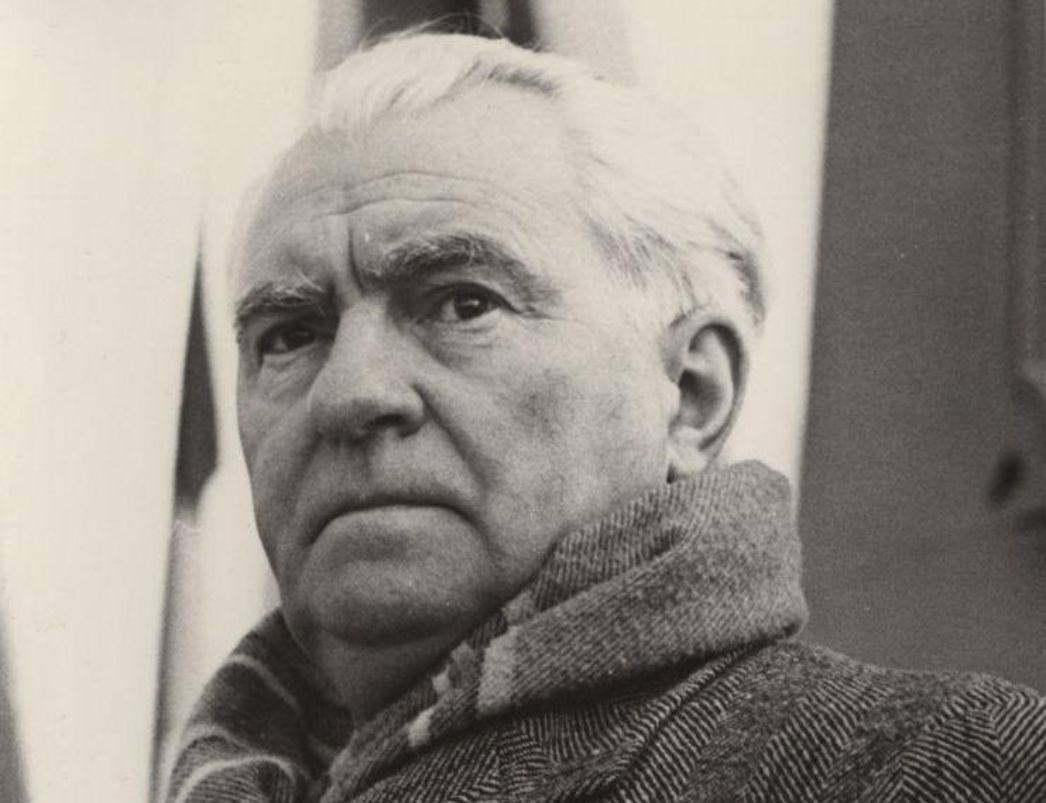Transcript
Narrator There were two men who were of central importance to the French resistance in Buchenwald. They both played a large role in creating united, non-partisan French underground groups in the camp. Due to their different origins and political careers, they also embodied the diversity of people in the French resistance. One of them, Marcel Paul, had started out a foundling and ended up a Communist union boss, while the other came from a conservative upper-middle-class background.
Henri Manhès, a soldier during the First World War, was a member of a right-wing nationalist association of veterans. He had a stellar career that brought him to the executive floors of major publishing houses in Paris. But in 1933, he quit, and his political outlook also seems to have taken a turn around the mid-1930s.
Working as a journalist in 1936, he reported about the civil war in Spain, increasingly taking a stand for the republican forces.
For a while, he held a position in the Socialist-run French Ministry of Aviation. Then he went back to the military, becoming a major on an air force base in the south of France.
Immediately following the armistice of 1940, he founded a resistance group. In the spring of 1941, he joined the liberation army established by Charles de Gaulle in exile and was soon appointed colonel.
In the Résistance, Manhès, operating under the alias Colonel Frédéric, worked closely with Jean Moulin, whom he knew from his time at the ministry. Moulin’s main task was to unite the fragmented French resistance groups. In 1943, he was assigned to form the National Council of the Resistance by de Gaulle and became the council’s first president.
Manhès supported these efforts toward unification from the start, first in the unoccupied south, then, starting in 1942, as Moulin’s deputy in the north of France.
However, in March 1943, Manhès was apprehended by a special unit, shortly after he had returned from a trip to meet with de Gaulle in London. He was tortured in the Fresnes prison, sentenced to death and, in January 1944, deported to Buchenwald.
Starting in the summer of 1943, the Germans had begun to deport more and more French to Buchenwald – 25,000 in total. Early in 1944, they constituted the largest group of inmates. Yet, they could not be considered a homogenous group: not all inmates had been in the resistance and not all resistance fighters acted in concert. They had not left their political differences behind at the camp gate.
Working with the Communist Marcel Paul, Manhès by all appearances succeeded in bridging these differences, bringing together the conservative and the Socialist forces in the underground.
Modelled on other national groups, a secret aid organization for French citizens was founded in a first step, the Comité des Intérêts Français, chaired by Manhès.
The next step soon followed. A French liberation brigade was founded, organized according to military standards; it worked toward an armed fight against the SS. The leaders of this brigade, the Brigade française d’action libératrice, were Manhès and Paul.
When they returned to France following liberation, Manhès and Marcel Paul continued to work together: When Paul became the first minister of industry under de Gaulle, he appointed Manhès State Secretary. As early as 1945, the two men founded a national association of former inmates. For the rest of his life, Manhès remained active in national and international associations of former deportees and political detainees.


